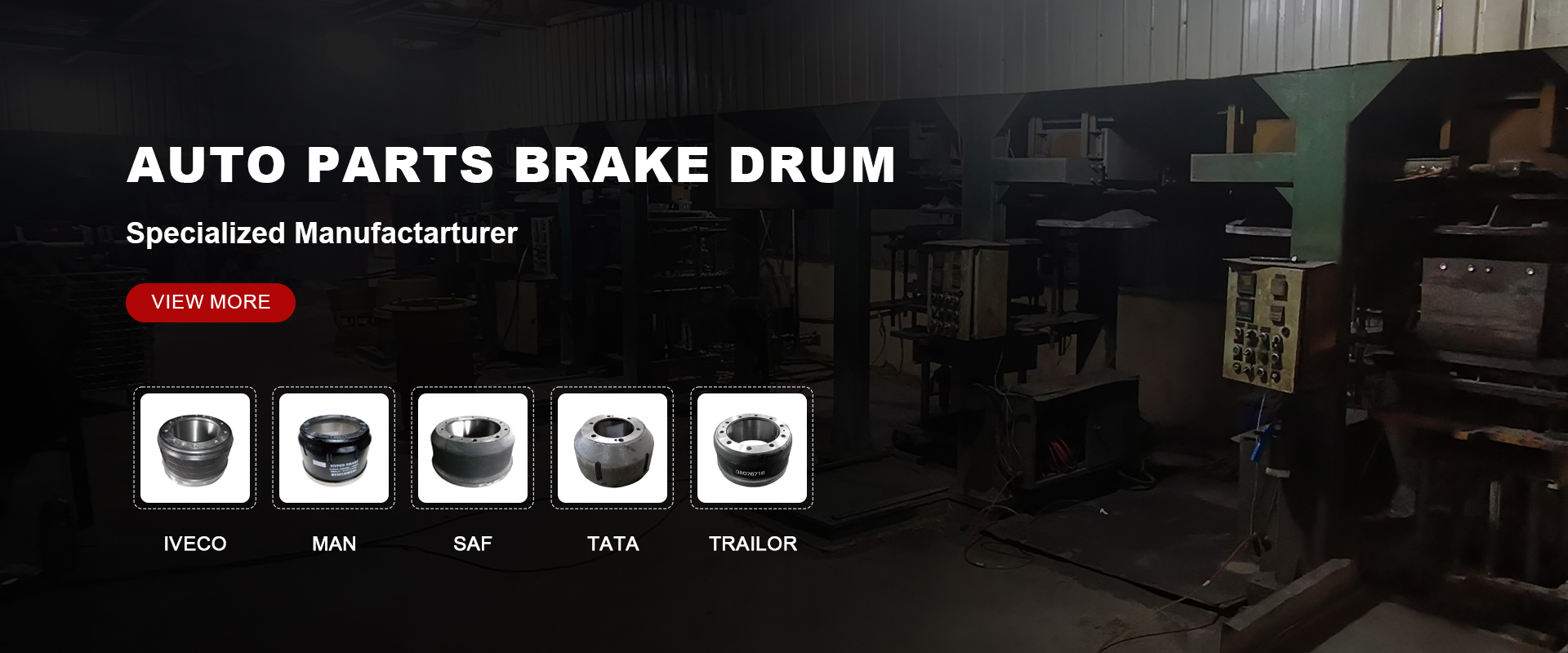dec . 07, 2024 03:38 Back to list
cleaning rusty brake drums
Cleaning Rusty Brake Drums A Step-by-Step Guide
Rusty brake drums can be a real headache for vehicle owners. Not only do they affect the performance of your braking system, but they can also lead to more significant issues if not addressed promptly. Fortunately, cleaning rusty brake drums is a manageable task that can extend the life of your braking components. In this article, we will guide you through the process, ensuring you have safe and effective performance from your vehicle.
Why Do Brake Drums Rust?
Brake drums are typically made of cast iron or steel, materials that are prone to rust when exposed to moisture and road salts, especially if the vehicle is parked for a long time or if the brake system is not functioning correctly. Rust can diminish the efficiency of the brake system, leading to uneven braking, increased stopping distances, and potential safety hazards.
Tools and Materials Needed
Before getting started, gather the necessary tools and materials
- Safety goggles and gloves - Jack and jack stands - Lug wrench - Wire brush - Sandpaper or a sanding disc - Brake cleaner - Rags or paper towels - Anti-seize lubricant (optional)
Step-by-Step Cleaning Process
1. Safety First Begin by ensuring the vehicle is parked on a flat surface. If you’re working on a raised vehicle, use reliable jack stands rather than just the jack itself to avoid accidents. Always wear safety goggles and gloves to protect yourself.
2. Remove the Wheel Use a lug wrench to loosen the lug nuts slightly while the vehicle is on the ground. Once loosened, lift the vehicle with the jack and secure it with jack stands. Remove the lug nuts entirely and take off the wheel.
cleaning rusty brake drums

3. Inspect the Brake Drum With the wheel removed, take a good look at the brake drum. Check for deep rust, cracks, or any other signs of wear. If the drum is severely damaged, it may need to be replaced instead of cleaned.
4. Clean the Drum Surface Using a wire brush, scrub the rusty areas of the brake drum. This will help remove loose rust and debris. For areas with significant buildup, sandpaper or a sanding disc can be used to smooth the surface.
5. Use Brake Cleaner Once the majority of the rust is removed, spray the drum with brake cleaner. This will help in removing any remaining dust or grease that may have accumulated. Wipe away all residue with rags or paper towels. Ensure that the surface is clean and dry.
6. Inspect the Brake Shoes While you have access to the brake drum, take a moment to inspect the brake shoes. Look for excessive wear or damage. If the shoes are damaged, they should be replaced to maintain effective braking.
7. Reassemble After cleaning and inspection, if everything looks good, it’s time to reassemble. If using anti-seize lubricant, apply a small amount to the wheel hub to prevent future rusting. Place the brake drum back onto the axle, followed by the wheel.
8. Lower the Vehicle and Tighten Carefully lower the vehicle back to the ground. Once it’s secure, use the lug wrench to tighten the lug nuts in a crisscross pattern to ensure an even fit.
9. Test Drive Finally, take the vehicle for a short test drive to ensure that everything is working correctly. Pay attention to any unusual noises or changes in braking performance.
Conclusion
Cleaning rusty brake drums not only enhances the safety and performance of your vehicle but also prolongs the lifespan of the braking system. Regular maintenance is essential to keep your brakes functioning optimally. By following this guide, you can clean your brake drums efficiently and save on costly repairs down the line. Remember, if you encounter any significant issues or are unsure about what to do, it’s always best to consult a professional mechanic. Safe driving!
-
Iveco Brake Drum | Premium OE Quality for Daily & Eurocargo
NewsAug.22,2025
-
Your Brake Drum Man: Quality & Performance Parts
NewsAug.21,2025
-
Explore Japan: Ultimate Travel Guide & Authentic Experiences
NewsAug.19,2025
-
Your Brake Drum Man: Premium & Reliable Brake Drums for Sale
NewsAug.18,2025
-
ROR Web Development: Build Fast, Scalable, Secure Apps
NewsAug.17,2025
-
Scania Brake Drums: OEM Quality for Optimal Safety & Durability
NewsAug.16,2025
